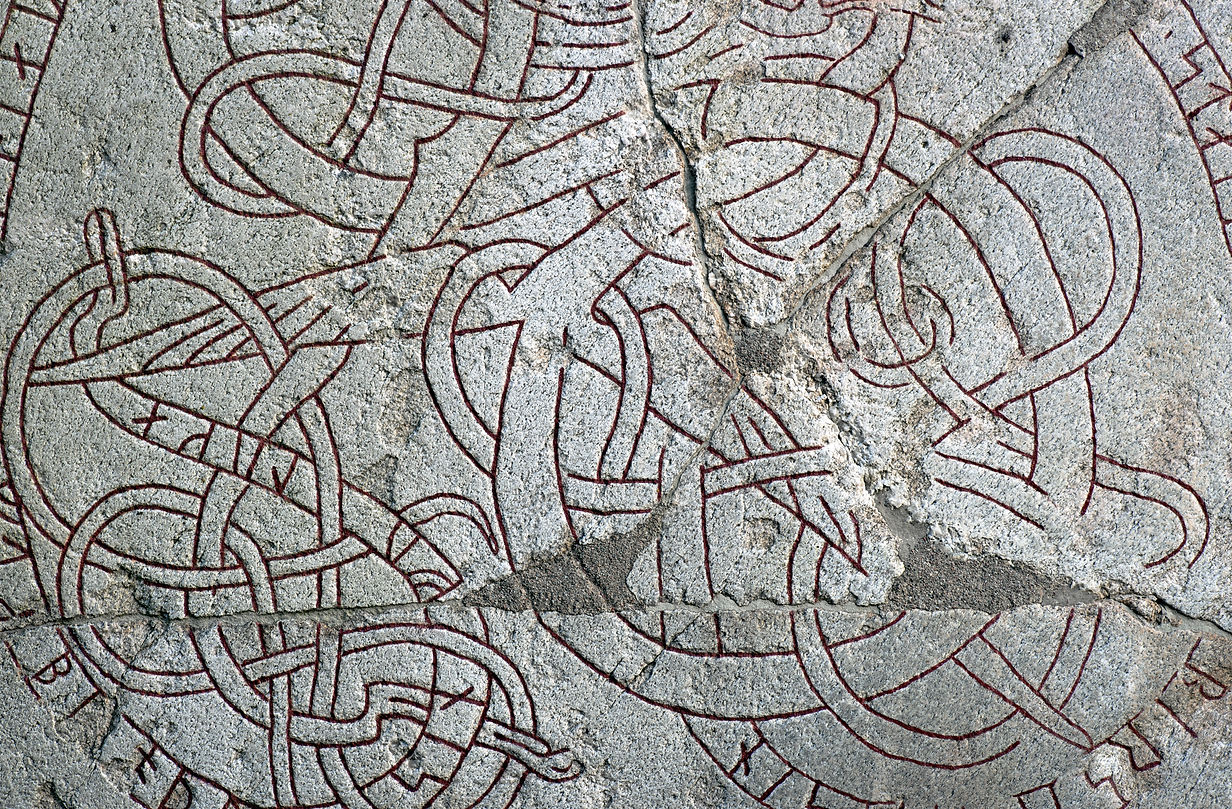
The Woodland Grange is situated in a small rural townland, the name of which is translated as 'recieter of romance'.
It lies on a secondary mountain road that links the two main towns of Coleraine and Limavady in the County of Londonderry.
It also lies at the foot of the flat topped Sconce Hill, (meaning a hiding place) once the site of an ancient fort of Dún Ceithirn, one of the great ancient kings of Ireland, dating back to 600AD.
Five miles away in Coleraine also lies Mountsandel Fort, the earliest known settlement in Ireland, dating back to several thousand years BC.
Also close by at Ballywildrick, is found an ancient 8 feet high standing stone, the exact origins of which are still unknown.
As for the Sconce Hill itself, there are many legends surrounding its history, including the execution of two ancient kings there by burning.
Although not particularly high the Sconce Hill commands spectacular views towards both the sea and overlooking the River Bann estuary, where the very first Viking and Norsemen invaders arrived in the 8th century.

From the Sconce Hill on a clear day it is possible to see the four counties of, Londonderry, Antrim, Donegal and Tyrone, along with the southern Scottish Isles thus making it a strategically important site since ancient times.
It was also within close proximity of the Woodland Grange, that in 1854, a labouring man unearthed, from a considerable depth in peaty soil, one of the most significant archaeological discoveries ever found in Ireland.
Now housed between the British and Ulster museums, the 'hoard' included approximately 1800 artifacts of late Roman coins, ingots, chopped up table wear and military fittings.
It is believed that it was probably buried around 400AD and brought to the area by a local raiding party, who were traditionally known to pillage in boats, the west coasts of Scotland, England and Wales, looting animals, clothes, weapons and indeed young people as slaves.
By all historical accounts Saint Patrick of Ireland was captured, as a young sixteen year old, by an Irish raiding party around this same time, 400AD, somewhere along the west coast of Wales.
Speculation has it that the raiding party that brought him to Ireland was from Ballinrees due to the existence of the Ballinrees hoard, as some of the coins have only ever been found in one other location where St Patrick is believed to have originated.
Six years after his capture Saint Patrick was able to escape and return home, then following a dream and vision where he was tormented by the “Voice of the Irish” whom he had heard calling in the night, “Come back to us Patrick” he returned to Ireland as a missionary and ordained priest in order to evangelize the pagan Irish.

Prior to 1970, when they renamed it the Windy Hill Road, the road running through Ballinress was called the ‘Murderhole Road’ named after the exploits of the early 1800’s highwayman Cushy Glen who lived in the area and was one of a gang of notorious robbers, who hijacked travellers along the isolated mountain road.
He is reputed to have murdered several travellers and dumped their bodies in the 'Murder Hole' at the foot of the the Windy Hill.
However, one such traveller was James Hopkins of Bolea, whom Cushy tried to rob in 1799 but was shot in the attempt.
That night two masked men called on home of a local minister and asked him to come and visit a dying man but that he must consent to be blindfolded.
He was absent three days leaving his family in great distress and on his return told how he had spent the time at the bedside of the highwayman Cushy Glen and had closed his eyes after his death.
An impressive sculpture of Cushy Glen was installed in 2013 along a lonely stretch of the road and depicts the infamous robber lurking malevolently, knife in hand, awaiting his next victim.

The townland of Ballinrees is, however, more favourably know today for the friendliness of its folk and their rich cultural heritage expressed in its Pipes and Drums Band which on a summers evening can be heard practicing outside their local hall, in the near distance from The Woodland Grange.
